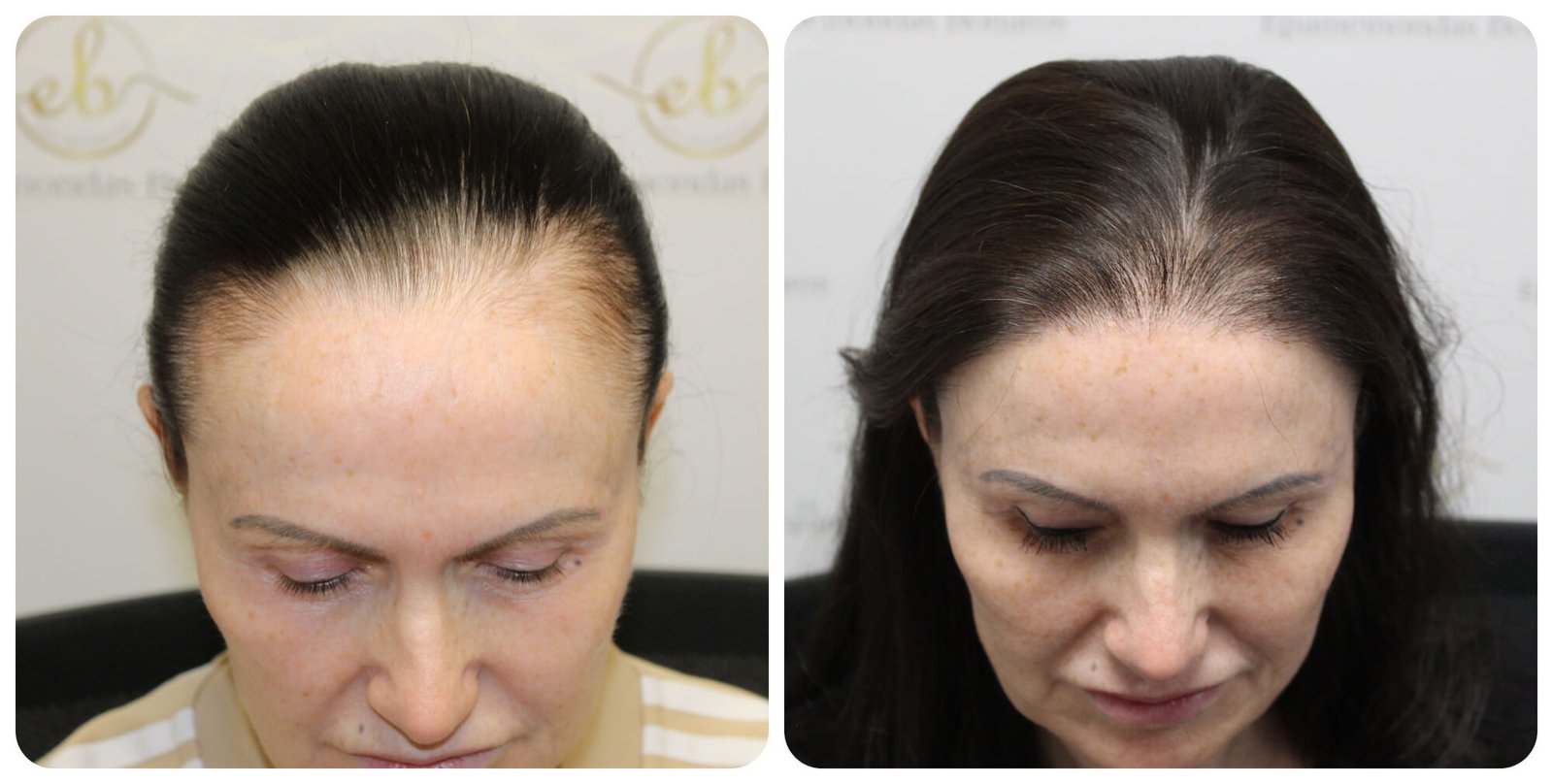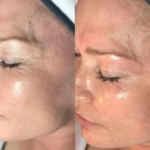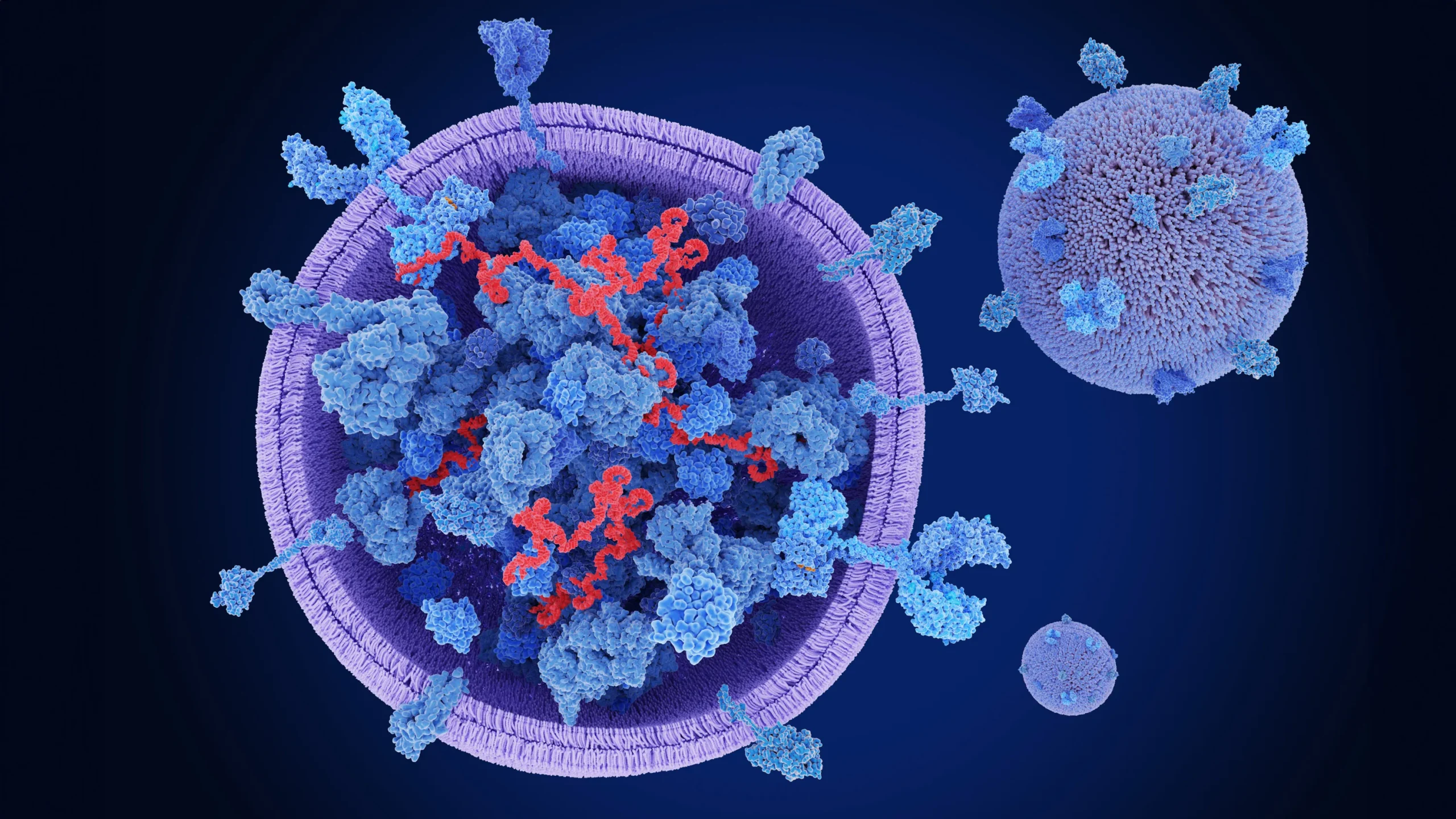Summary: Female hair transplants have become a popular solution for women experiencing hair loss, with impressive success rates when performed correctly. This article explores the factors influencing the success of female hair transplants, from the procedure itself to post-surgery care and expert recovery tips. Female Hair Transplant Success Rate? We’ll also dive into key factors …
Summary:
Female hair transplants have become a popular solution for women experiencing hair loss, with impressive success rates when performed correctly. This article explores the factors influencing the success of female hair transplants, from the procedure itself to post-surgery care and expert recovery tips. Female Hair Transplant Success Rate? We’ll also dive into key factors that affect success rates, myths surrounding the procedure, and how to optimize your chances for long-term results.
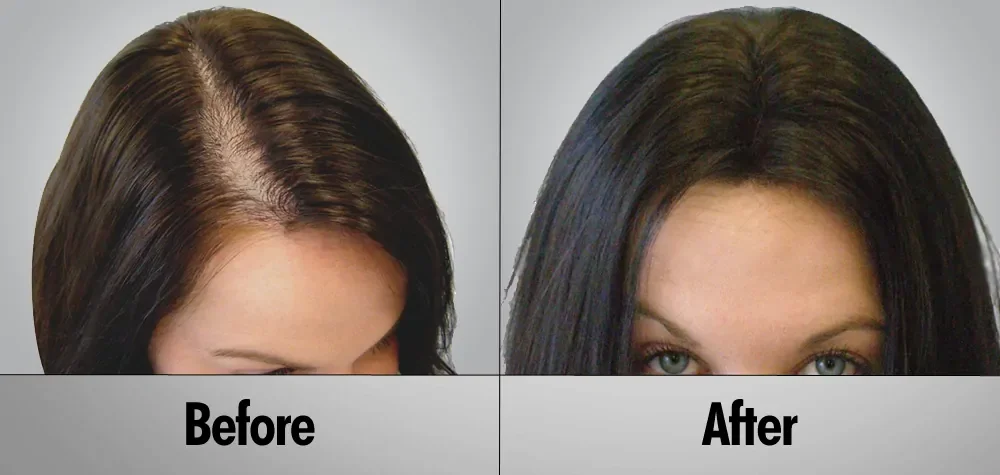
Table of Contents
Introduction:
Are you struggling with hair thinning or loss? If you’re considering a hair transplant, understanding the female hair transplant success rate is essential. With proper care, many women achieve excellent results, regrowing thicker, healthier hair. This guide breaks down the factors influencing success rates, offers tips for maximizing your outcome, and addresses common misconceptions about hair restoration for women. Whether you’re considering FUE or FUT, this article will give you the insights needed for a successful hair transplant journey.
What Is a Female Hair Transplant and How Does It Work?
Defining Female Hair Transplant
A female hair transplant is a surgical procedure designed to restore hair growth in women suffering from various types of hair loss, including androgenetic alopecia (female pattern baldness). During the procedure, hair follicles are harvested from areas of the scalp where hair is still thick (usually the back or sides) and transplanted to thinning or bald areas. The goal is to improve density and overall hair quality.
Types of Hair Transplants for Women
There are two primary techniques used for hair restoration in women:
- FUE (Follicular Unit Extraction): This technique involves individually extracting hair follicles and transplanting them to the thinning areas. It is minimally invasive with no linear scar.
- FUT (Follicular Unit Transplantation): In FUT, a strip of skin from the donor area is removed, and individual hair follicles are extracted and transplanted. This method can be more suitable for patients requiring a larger number of grafts.
Both techniques can yield excellent results, but the choice depends on individual factors such as hair type, extent of hair loss, and personal preference.
Understanding Female Hair Transplant Success Rate
What Is the Average Success Rate for Female Hair Transplants?
The success rate of hair transplants for women varies depending on various factors. Generally, female hair transplant success rates can reach as high as 90%, with patients often experiencing new hair growth within 4-6 months. It’s important to note that the success of the transplant largely depends on the skill of the surgeon, the health of the donor area, and the patient’s overall health.
Factors Affecting Hair Transplant Success in Women
Several factors influence the success of a hair transplant:
- Surgeon’s Expertise: An experienced surgeon is crucial in ensuring a successful outcome.
- Hair Type and Quality: Thicker, coarser hair tends to transplant better than fine or curly hair.
- Age and Health: Younger patients with good overall health usually experience better results.
- Extent of Hair Loss: More advanced hair loss may require multiple sessions for optimal results.
How Successful Are Transplants for Women with Different Types of Hair Loss?
Female hair loss can stem from various causes:
- Androgenetic Alopecia: This common type of hair loss, often hereditary, typically responds well to transplants.
- Traction Alopecia: Caused by tight hairstyles, this condition may be treatable with hair transplants if the damage is not too severe.
- Alopecia Areata: Transplants can sometimes be successful, depending on the severity and stage of the condition.
How to Maximize Your Hair Transplant Success
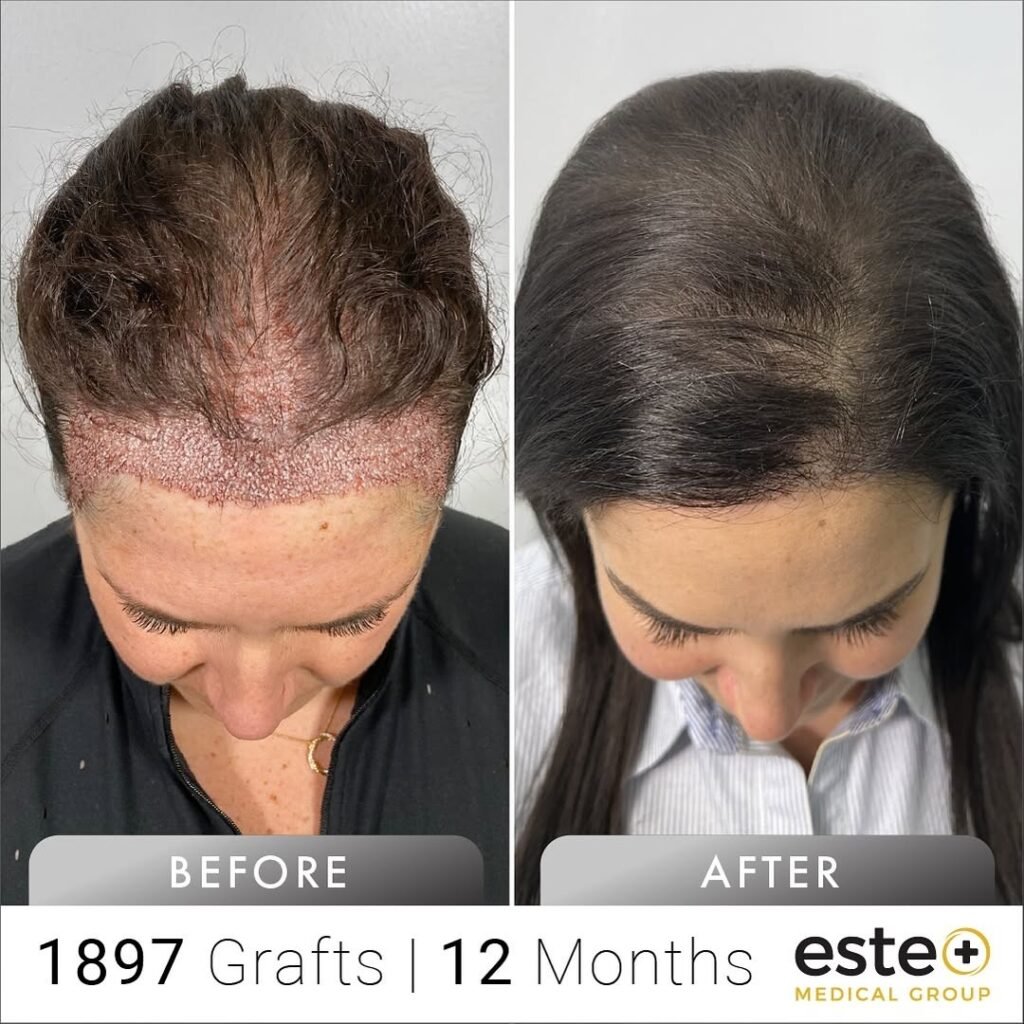
Choosing the Right Clinic and Surgeon
Selecting the right clinic and surgeon is paramount to the success of your hair transplant. Look for a clinic with proven success, modern equipment, and experienced surgeons. Testimonials and before-and-after photos can help assess their expertise. Consult multiple surgeons to find one who makes you feel comfortable and confident in the procedure.
Preparing for Your Hair Transplant Surgery
Preparation plays a key role in the success of the surgery. Follow your surgeon’s advice, which may include:
- Avoid smoking and alcohol in the weeks leading up to the procedure.
- Take any prescribed medications, including antibiotics or anti-inflammatory drugs.
- Ensure a healthy diet to boost hair and scalp health before surgery.
Post-Surgery Care for Faster and Better Results
Proper post-operative care is crucial for a successful transplant. Follow these tips for a smooth recovery:
- Avoid touching or scratching the transplanted area.
- Use prescribed medications to prevent infections and promote healing.
- Sleep with your head elevated for the first few days to reduce swelling.
Recovery Timeline and What to Expect Post-Surgery
How Long Does It Take to See Results After a Female Hair Transplant?
While you might notice some immediate results, it typically takes 3-6 months before visible hair growth begins. Full results can take up to 12-18 months. Patience is key during the recovery process.
Sweating and Exercise After Hair Transplant Surgery
Sweating can be detrimental to the healing process as it may irritate the transplanted follicles. It is advised to avoid strenuous exercise and excessive sweating for at least 4-6 weeks after the procedure. Light activities such as walking are acceptable, but avoid activities that could cause perspiration in the scalp area.
Key Recovery Tips for Faster Healing
- Avoid Sun Exposure: Protect your scalp from direct sunlight for several weeks.
- Follow the Aftercare Plan: Use recommended shampoos, avoid alcohol, and follow your doctor’s guidelines.
- Attend Follow-up Appointments: Regular check-ups ensure that your scalp is healing properly.
Common Myths and Misconceptions About Female Hair Transplants
Myth #1: Results Are Instant
Hair transplants take time to show results, with visible growth often starting 4-6 months post-surgery. Full results can take up to 12-18 months.
Myth #2: Hair Transplants Are Only for Men
More women are opting for hair transplants due to increased awareness and better techniques. Hair restoration is not gender-specific.
Myth #3: You Can’t Lose Hair Again After a Transplant
While hair transplants can restore hair, other factors like aging or hormonal imbalances can affect hair health in the future. It’s essential to maintain a healthy lifestyle to ensure lasting results.
Expert Opinion: What Top Surgeons Say About Female Hair Transplant Success
Case Studies: Success Stories of Female Hair Transplants
Many women have experienced life-changing results from hair transplants. Patients report renewed confidence and satisfaction with their appearance after a successful procedure.
Frequently Asked Questions
Can a female hair transplant fail?
While rare, hair transplants can fail if the hair follicles don’t take to the transplanted area. This can occur due to improper aftercare, infection, or an inexperienced surgeon.
How long should I avoid sweating after a hair transplant?
You should avoid sweating for at least 4-6 weeks to ensure proper healing of the transplanted follicles.
What are the risks of a hair transplant for women?
The risks include infection, scarring, shock loss (temporary hair loss post-surgery), and unsatisfactory results if not performed by an experienced surgeon.
Conclusion:
While female hair transplants offer a promising solution for hair loss, it’s essential to have realistic expectations. With proper care, a skilled surgeon, and patience, most women can experience excellent results. Ready to restore your hair and boost your confidence? Book a consultation with Dr. Uzma Irfan in Islamabad today to discuss your hair restoration options and ensure a successful recovery.

